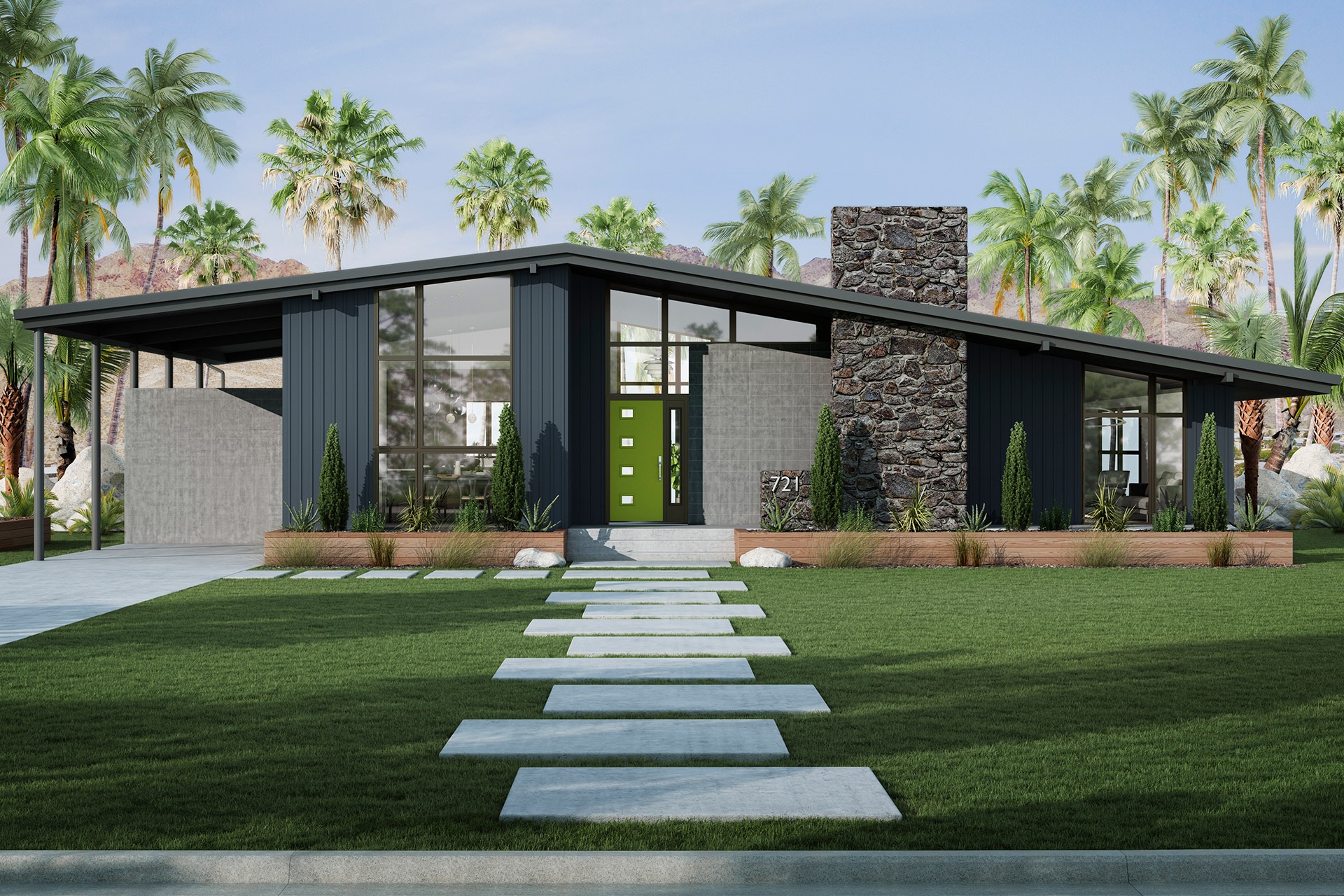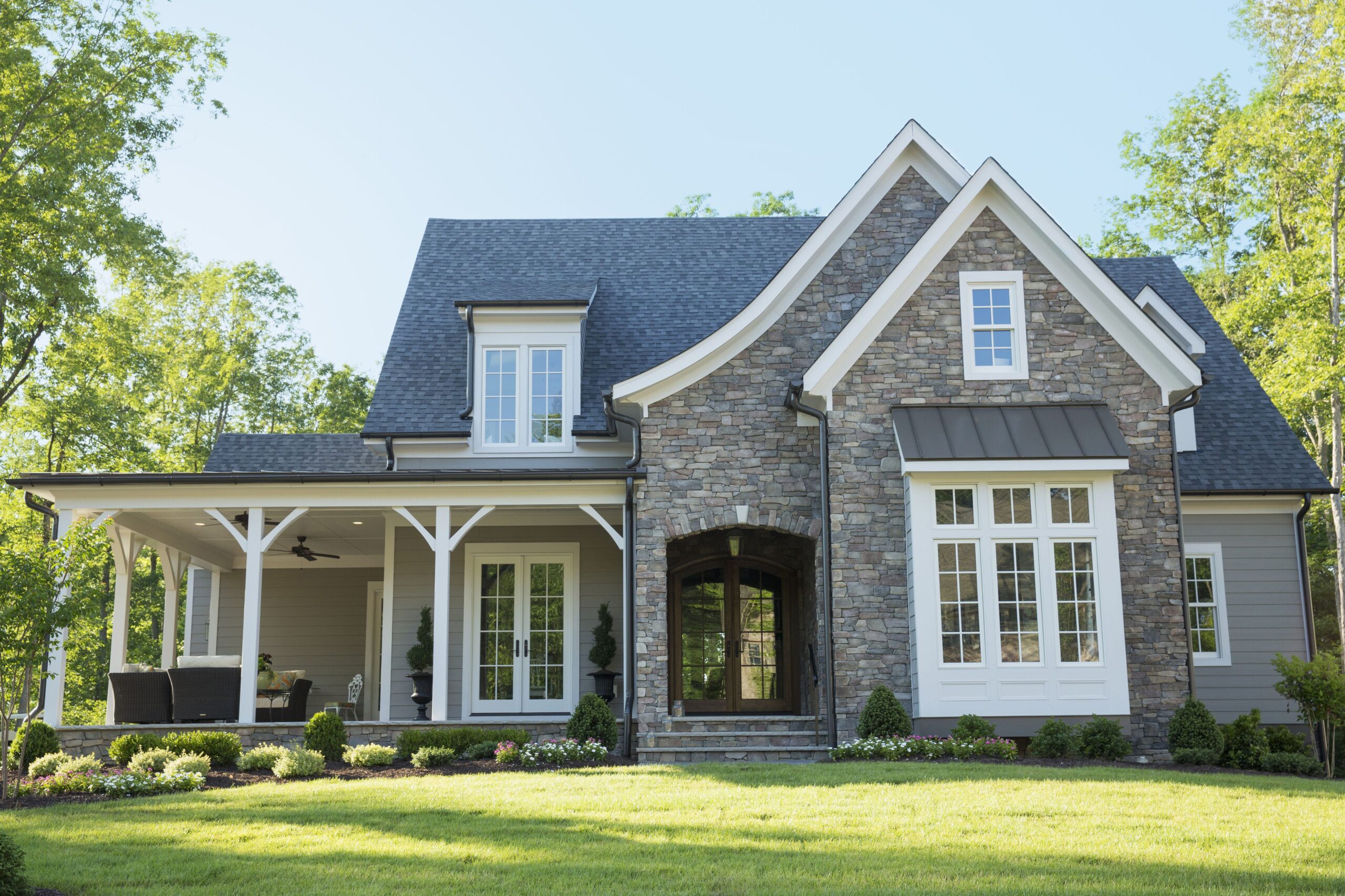The industrial look isn’t just for lofts and converted warehouses anymore. Homeowners are embracing this style to give their exteriors a bold, modern edge.
With its clean lines, raw materials, and utilitarian beauty, industrial design feels both rugged and stylish. It’s a look that stands out from traditional suburban facades and delivers a sense of strength and permanence.
Achieving that authentic feel often goes beyond simple DIY upgrades. Many homeowners turn to professionals experienced in commercial siding installation to recreate the same durable techniques used on factories and office buildings.
These methods ensure not only a convincing industrial aesthetic but also the performance and longevity that come with commercial-grade construction. Done right, it’s an exterior that looks sharp today and still performs beautifully years down the road.
So what exactly makes industrial design so appealing for a home’s exterior? It comes down to a handful of key elements—materials, color schemes, and details that bring the style to life without overwhelming the overall design.
What Makes Industrial Design Work?
Industrial style thrives on honesty, simplicity, and a certain raw beauty. It’s not about hiding or softening the structure of a building, but rather showcasing it. The bones of the building are exposed—whether that’s the brick walls, steel beams, or concrete floors.
Instead of covering up these elements, industrial design celebrates them. It makes a statement by turning what’s typically hidden behind drywall and insulation into the focal point of the space.
At its core, industrial design is built on strong geometry and clean lines. Every piece is purposeful, with minimal detailing.
Unlike more ornate or traditional styles, there’s no excess here—everything serves a function. Whether it’s the exposed piping running along the ceiling or the structural columns left visible, each element contributes to the design’s honesty.
Materials are central to the industrial aesthetic. Weathered steel and smooth concrete convey a sense of age and authenticity, while raw wood accents add warmth and contrast to the coldness of metals.
These materials are not polished or refined but are meant to reflect the passage of time, wear, and use. It’s about celebrating the imperfections—scratches, rust, and patina—that make each piece unique.
The result is a look that feels grounded and modern. It’s a design that embraces both the beauty of simplicity and the power of what’s real. Every piece of furniture, every surface, and every wall tells a story of function, strength, and purpose.
It’s a style that’s not just about aesthetics; it’s about showcasing the true nature of a space, making it feel undeniably intentional and unapologetically bold.
Materials That Get the Look Right
The choice of materials is where the industrial look either succeeds or fails. True industrial exteriors rely on strength and texture. Using the right siding and finishes is the first step toward capturing the style.
Metal Siding Options
Corrugated steel, aluminum panels, or dark zinc siding instantly signal industrial design. These materials provide durability and crisp lines, and their reflective surfaces can create striking contrasts depending on the light. Left unfinished or given a matte coat, metal siding sets the tone for a bold, utilitarian look.
Concrete and Cement Panels
Concrete isn’t just for foundations anymore. Precast concrete and fiber cement panels bring the weight and texture of industry to a modern home. Smooth finishes look sharp, while rougher surfaces add grit and character. They pair especially well with large windows and minimal trim, reinforcing the no-frills aesthetic.
Exposed Steel Elements
Steel beams, brackets, and frames aren’t just structural—they’re design features. Leaving them visible gives the exterior a raw, industrial edge. Combined with metal or concrete siding, these elements highlight the strength and honesty that define the style.
Color Schemes That Feel Authentic
Color is a critical element of any design, and in industrial style, it’s all about understated tones and raw finishes. The palette is grounded in shades that reflect the natural materials used in construction—think grays, blacks, and steel blues.
Bold contrasts come from accents, but overall, the aim is to create a cohesive look that feels like it belongs in a factory or a modern warehouse.
Classic Industrial Grays
Grays are the backbone of industrial color schemes. Light gray, charcoal, and slate tones replicate the weathered look of concrete, steel, and cement. These shades bring a sense of structure and neutrality to the exterior, letting other materials and features take center stage without competing for attention.
Bold Black Accents
While grays dominate, black is used to add depth and contrast. It can highlight key architectural elements like door frames, window trims, or even sections of the siding.
Black accents also enhance the sleek, modern feel that defines industrial design. Pairing black with metal or wood creates striking visual interest without distracting from the overall aesthetic.
Raw Metal Finishes
Raw metal finishes have a strong presence in industrial exteriors. These materials can take on a patina over time, further emphasizing their character and history.
Rusted steel, aged copper, and oxidized iron all contribute to the authenticity of an industrial design, creating a sense of age and permanence. When applied in small doses or as accents, raw metals can add richness and texture to the look.
Design Elements That Complete the Style
Beyond materials and color, there are key design elements that can pull the industrial style together. These features enhance the overall look and make the exterior both functional and visually striking.
Large Windows and Clean Lines
Industrial homes are known for their expansive windows. These openings aren’t just about letting in light—they also reflect the factory-style exteriors of warehouses.
Large glass panels, sometimes framed in steel or black aluminum, emphasize clean lines and a sense of openness. These windows create striking contrasts with the solid, dense materials of the walls, adding a layer of depth and complexity.
Minimal Trim and Hardware
Industrial style values simplicity. Trim around windows, doors, and edges is usually minimal—thin, unadorned, and geometric.
The goal is to avoid unnecessary embellishments that would detract from the raw materials of the building. Even the hardware, like door handles or light fixtures, is often simple, metallic, and functional in appearance.
Functional Design Features
Every element in an industrial exterior serves a purpose. Even the decorative features—like exposed piping, vents, or steel beams—have a functional role. This functionality is part of the appeal, as the exterior of the building becomes a reflection of the inner workings of the space.
These utilitarian features become part of the visual identity, contributing to a design that feels honest and unpretentious.
Balancing Industrial with Comfort
While industrial style is known for its raw materials, stark lines, and bold aesthetic, the key to making it work in a home is balance.
It’s easy for industrial spaces to feel cold or sterile, especially when dominated by concrete, metal, and exposed beams.
But the true magic of industrial design lies in its ability to blend these hard, utilitarian elements with warmth and comfort. The goal isn’t just to create a visually striking space—it’s to make it one you can relax in and enjoy.
The trick is to incorporate elements that soften the overall look. Large, plush cushions on a steel-frame sofa, or cozy throws draped over industrial-style chairs, instantly make the space feel more inviting.
Wooden accents, like reclaimed wood shelves or warm wood floors, contrast beautifully with metal and concrete, adding both texture and warmth. Wood’s natural grain and rich tones create a tactile and visual contrast that tempers the rawness of the metal and stone elements.
Another key to comfort is introducing greenery into the space. Lush plants bring life, vibrancy, and color to an otherwise neutral palette.
Whether it’s a tall fiddle leaf fig in the corner or smaller potted plants on a coffee table, the greenery breaks up the hard edges and adds an organic touch. Plants are a simple yet powerful way to breathe life into an industrial room.
Ultimately, this balance ensures that your industrial space doesn’t feel like a cold warehouse but a lived-in, functional home.
By mixing raw materials with softer textures and natural elements, the room becomes a place where you can both be inspired by the boldness of the design and feel relaxed in its warmth. It’s all about striking the right equilibrium between strength and comfort.
Creating a Comfortable, Industrial Home
Designing an industrial-style home is about more than just choosing the right materials or color palette. It’s about creating a space that feels both functional and inviting.
While industrial elements like exposed steel, concrete, and brick bring a raw, powerful energy to your home, it’s the balance with softer textures and personal touches that makes the space truly livable.
When blending the boldness of industrial design with comfort, think about how each piece serves both aesthetic and practical purposes.
Use the warmth of wood, the softness of textiles, and the vibrancy of plants to create contrast with the harder edges of your design. This way, you can embrace the beauty of industrial materials while ensuring your home remains a comfortable, welcoming place.
Ultimately, industrial design is about celebrating the strength and beauty of raw materials while maintaining the warmth and ease of a home. The right balance will make your space feel bold, stylish, and comfortable—all at once.


